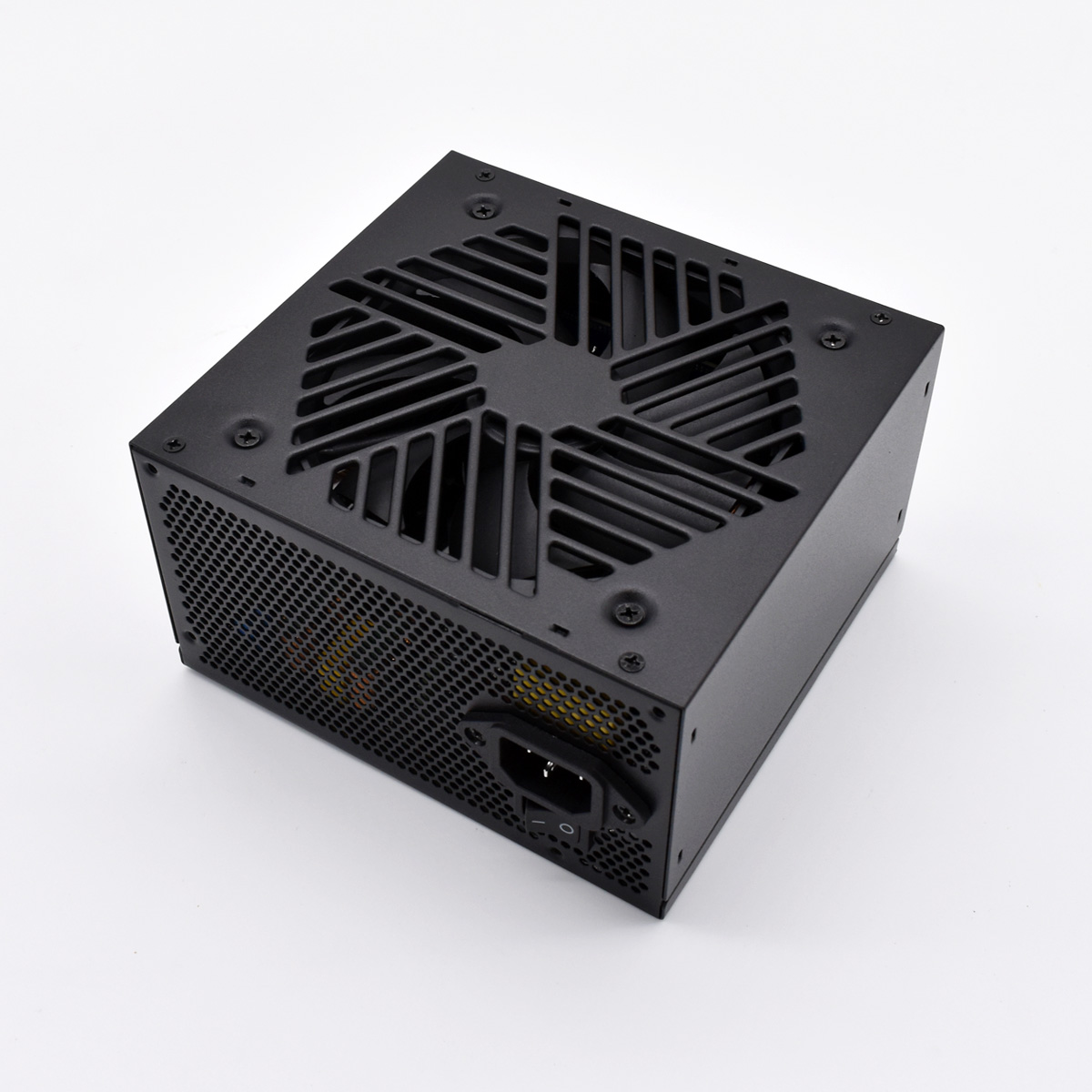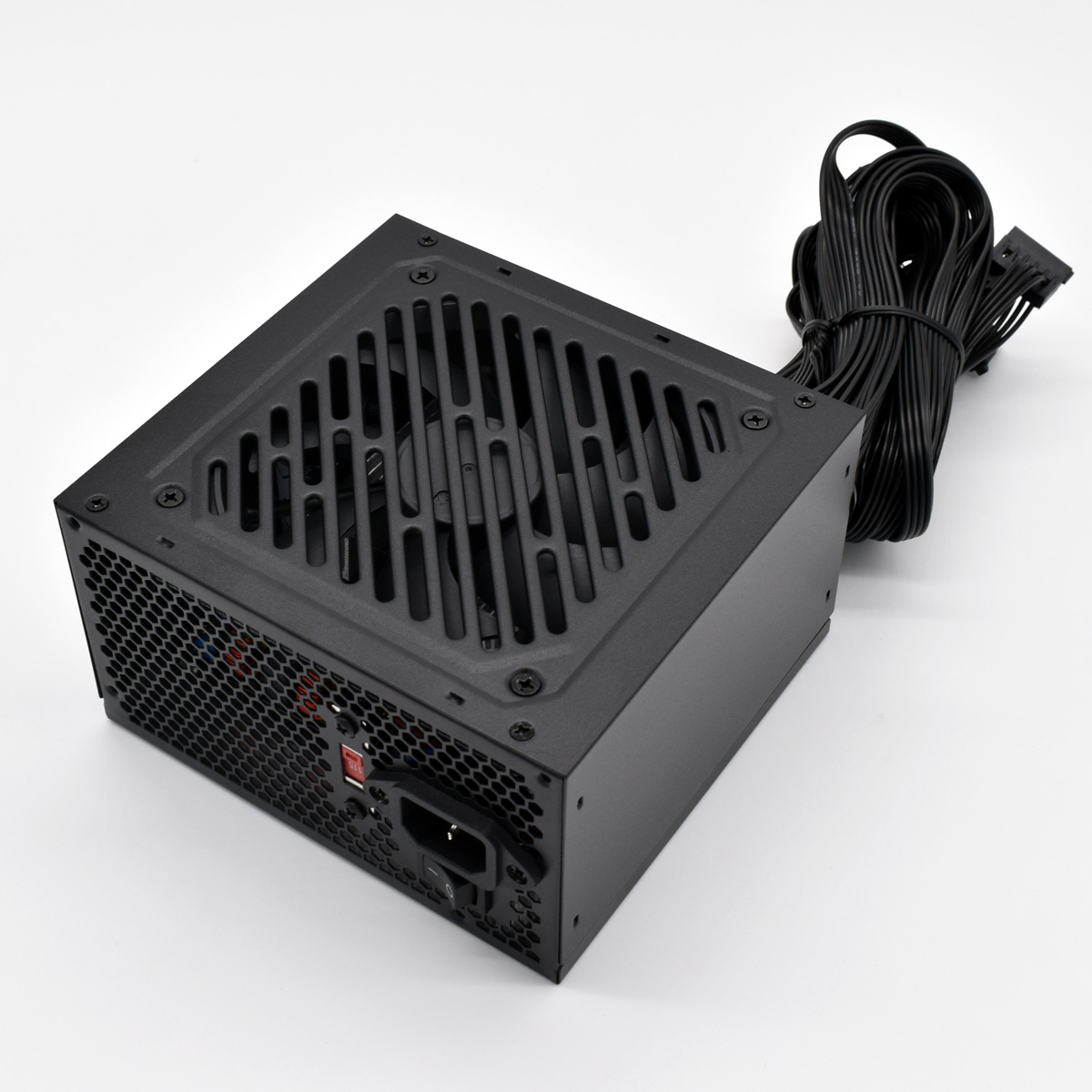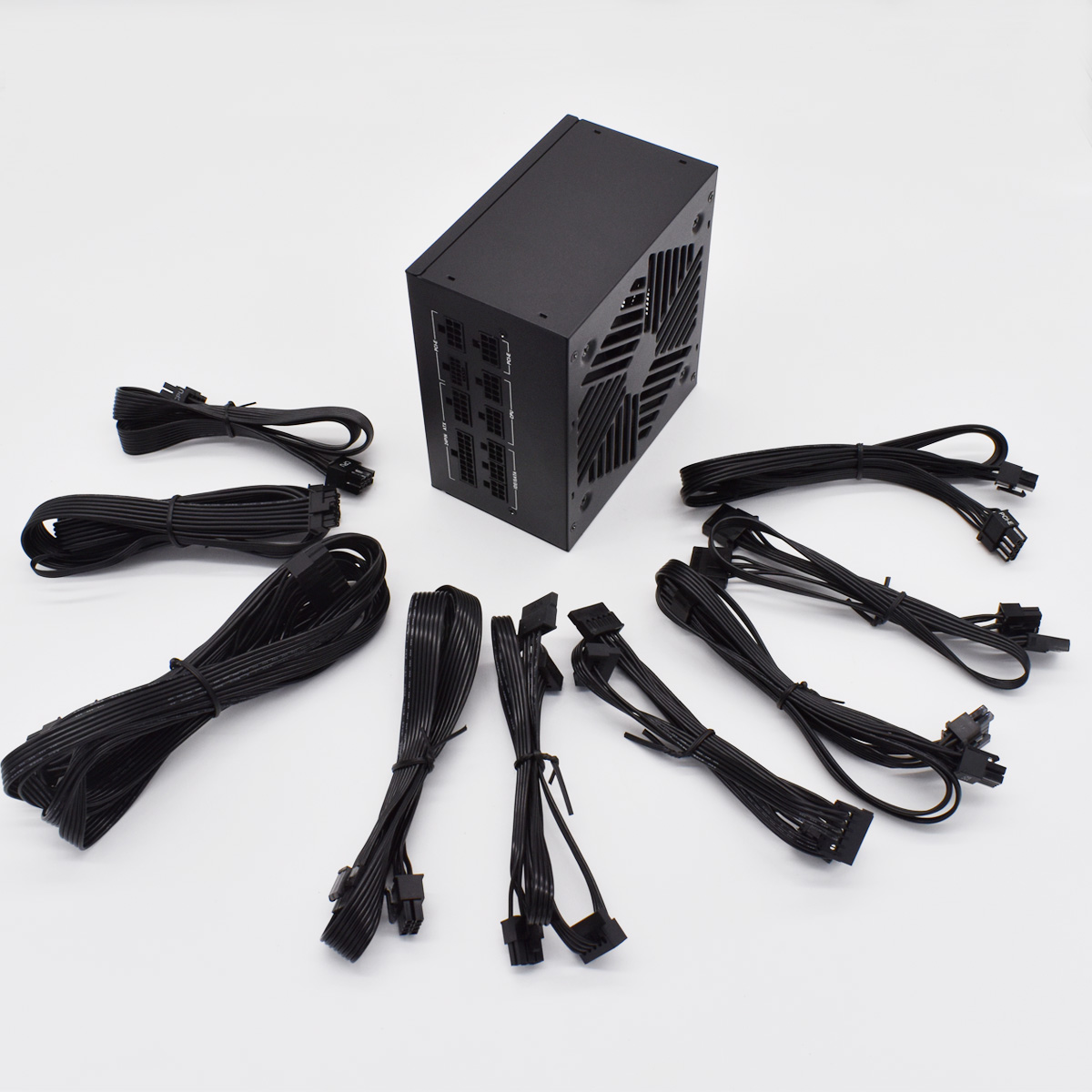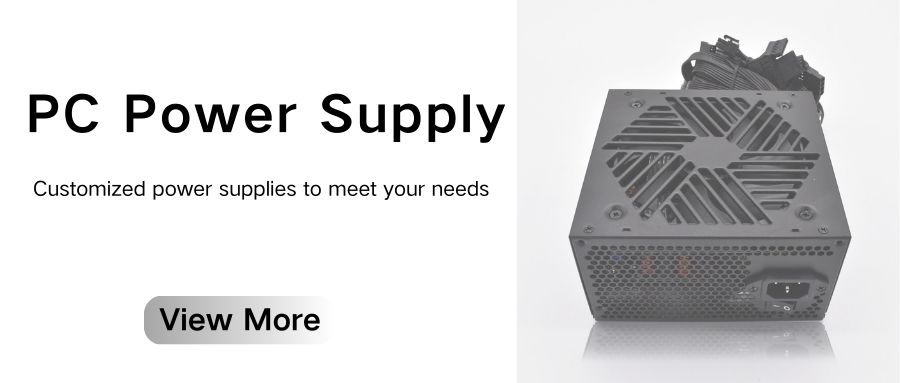According to the survey results, most customers only care about the money they spend on the CPU and memory, the machine runs fast; the hard disk, the machine has a large capacity; for the understanding of the power supply, they just feel that the power is enough, and the product doesn't matter whether it is good or bad.
The main cause of computer host hardware failure is the power supply. Therefore, choosing a good power supply is the key factor in the service life of these hardware and whether they work properly.
Power supply introduction
The computer power supply is a closed independent component installed in the host case. Its function is to convert AC power into stable and reliable DC power of different voltages such as +5V, -5V, +12V, -12V, +3.3V, -3.3V, etc., to supply the system board, various adapters and expansion cards, hard disk drives, optical disk drives and other system components in the host case, as well as keyboards and mice.
 |  |
Main components
The power supply mainly consists of a shell, an internal structure and wires. The shell includes a heat dissipation window, a nameplate, a power interface, and some wire switches. The internal structure is mainly capacitors, transformers, radiators, etc. The wires include motherboards, CPUs, SATA, PCle, etc.

Energy conversion rate
The energy conversion rate of a power supply refers to the energy surplus ratio of the power supply in the process of processing AC and DC transformation. It is also a good or bad performance of the power supply's energy-saving performance. Electric energy will produce certain losses in the process of converting the wire output of the power supply. The actual effect of 100W of electric energy may be only 80W, or even lower. The key to power efficiency conversion lies in the power correction circuit (PFC) used inside the power supply. At present, the mainstream power supplies on the market use active PFC or passive PFC.

Main specifications
The main specifications of the power supply are size, connector, modularity and power supply parameters.
Active PFC PSU | ||
MODEL | WATT | Input voltage |
IPS-ATX-500W | 500W | 180-260VAC |
IPS-ATX-550W | 550W | 180-260VAC |
IPS-ATX-600W | 600W | 180-260VAC |
IPS-ATX-650W | 650W | 180-260VAC |
IPS-ATX-700W | 700W | 180-260VAC |
IPS-ATX-750W | 750W | 180-260VAC |
IPS-ATX-800W | 800W | 180-260VAC |
IPS-ATX-1000W | 1000W | 180-260VAC |
IPS-ATX-1200W | 1200W | 180-260VAC |
High cost performance PSU | ||
MODEL | WATT | Input voltage |
IPS-ATX-400W | 400W | 180-260VAC |
IPS-ATX-500W | 500W | 180-260VAC |
IPS-ATX-550W | 550W | 180-260VAC |
IPS-ATX-600W | 600W | 180-260VAC |
IPS-ATX-650W | 650W | 180-260VAC |
IPS-ATX-700W | 700W | 180-260VAC |
IPS-ATX-750W | 750W | 180-260VAC |
IPS-ATX-800W | 800W | 180-260VAC |
IPS-ATX-850W | 850W | 180-260VAC |
Full module PSU | ||
MODEL | WATT | Input voltage |
IPS-ATX-750W | 750W | 180-260VAC |
IPS-ATX-800W | 800W | 180-260VAC |
IPS-ATX-850W | 850W | 180-260VAC |
IPS-ATX-900W | 900W | 180-260VAC |
IPS-ATX-950W | 950W | 180-260VAC |
IPS-ATX-1100W | 1100W | 180-260VAC |
How to buy
Q: Do you need a modular power supply
A: Modular power supplies have more advantages than non-modular power supplies, such as saving chassis space, simple wiring, and better heat dissipation. The disadvantage is that they are more expensive. So whether to choose a modular power supply is generally determined by your budget.
Q: Determine the rated power of the power supply
A: This is the most important thing when purchasing, and it is also a place where many people are not very good at. Here is a simple method: the main power users of the computer host are the CPU and graphics card. The TDP power consumption of the CPU is generally 54W, 65W, 95W, 105W, etc. The TDP power consumption of the graphics card ranges from 100W to 300W or even higher depending on the performance and architecture, and the power consumption of other accessories adds up to about 50W. We use the CPU power consumption + graphics card power consumption + 50W, and then multiply it by 130% to 150%, because the rated power of the power supply is 30% to 50% higher than the actual peak power.
Q: Others
A: When choosing a power supply, you can also consider other factors such as size, quietness, heat dissipation, RGB lighting effects, etc.






